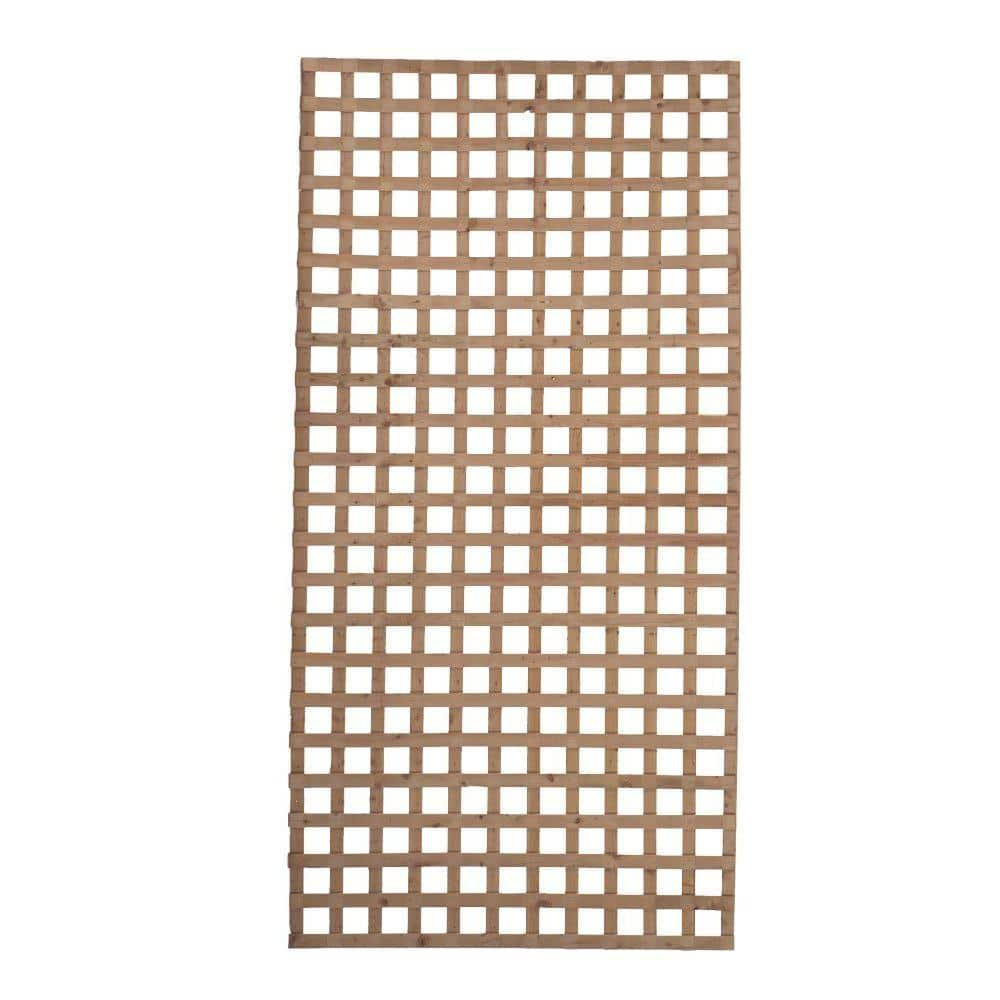

When the art of gardening was perfected by André Le Nôtre and Jules Hardouin-Mansart, the treillis became an object of decoration and was entrusted to particular workers named treillageurs. These sorts of fences were made by the gardeners. Trellis was used to support shrubs in espalier, also to separate roads from thickets and diverse sections of vegetable gardens. In the 19th century, Walt Whitman also mentioned a trellis in his poem Give me the Splendid, Silent Sun.

Pliny the Younger, in the first and second centuries, wrote about trellises in some of his letters about gardens. Though it is unknown when and where the trellis was invented, the trellis has been mentioned in literature and botanical works throughout history. The trellis was originally intended to support vine stock – which gives its name: lat Trichila (greenery bower). A pergola usually refers to trellis-work that is laid horizontally above head height to provide a partial "roof" in a garden (pergolas are also used in agricultural settings). Trellises can also be referred to as panels, usually made from interwoven wood pieces, attached to fences or the roof or exterior walls of a building. Some plants will climb and wrap themselves round a trellis without much artificial help being needed while others need training by passing the growing shoots through the trellis and/or tying them to the framework. The rose trellis is especially common in Europe and other rose-growing areas, and many climbing rose varieties require a trellis to reach their potential as garden plants. There are many types of trellis for different places and for different plants, from agricultural types, especially in viticulture, which are covered at vine training systems, to garden uses for climbers such as grapevines, clematis, ivy, and climbing roses or other support based growing plants. A trellis supports a climbing rose in a raised garden box.


 0 kommentar(er)
0 kommentar(er)
